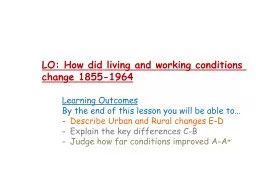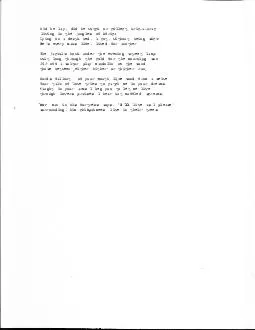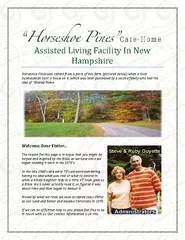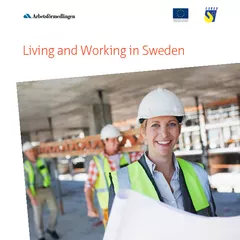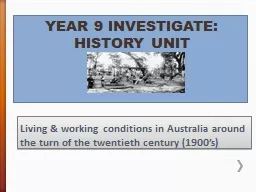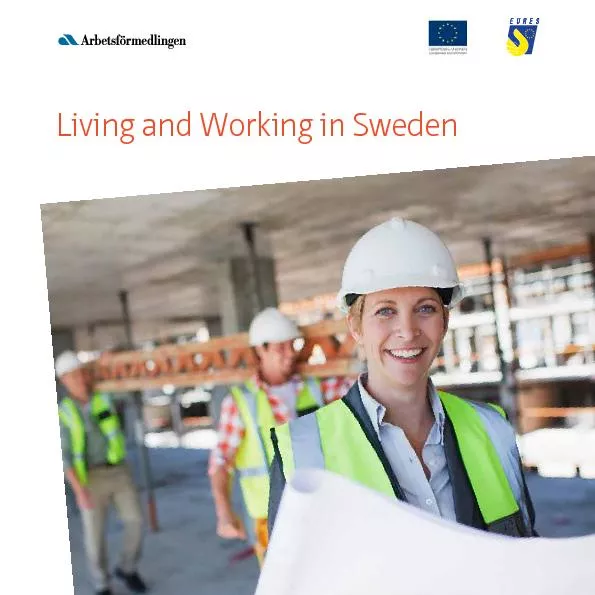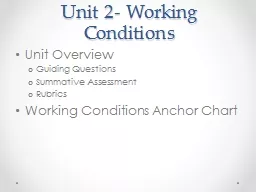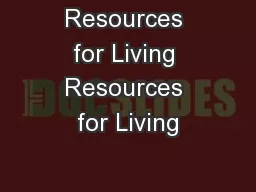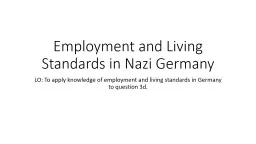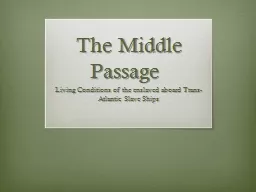PPT-LO: How did living and working conditions
Author : alida-meadow | Published Date : 2018-09-25
change 18551964 Learning Outcomes By the end of this lesson you will be able to Describe Urban and Rural changes ED Explain the key differences CB Judge how far
Presentation Embed Code
Download Presentation
Download Presentation The PPT/PDF document "LO: How did living and working condition..." is the property of its rightful owner. Permission is granted to download and print the materials on this website for personal, non-commercial use only, and to display it on your personal computer provided you do not modify the materials and that you retain all copyright notices contained in the materials. By downloading content from our website, you accept the terms of this agreement.
LO: How did living and working conditions: Transcript
Download Rules Of Document
"LO: How did living and working conditions"The content belongs to its owner. You may download and print it for personal use, without modification, and keep all copyright notices. By downloading, you agree to these terms.
Related Documents

